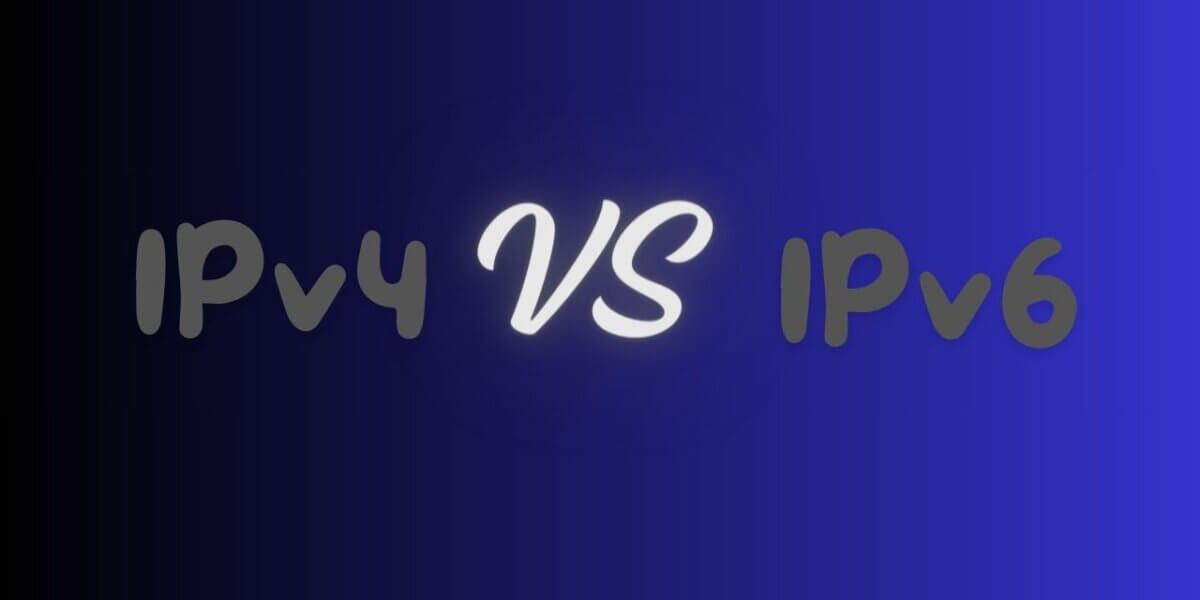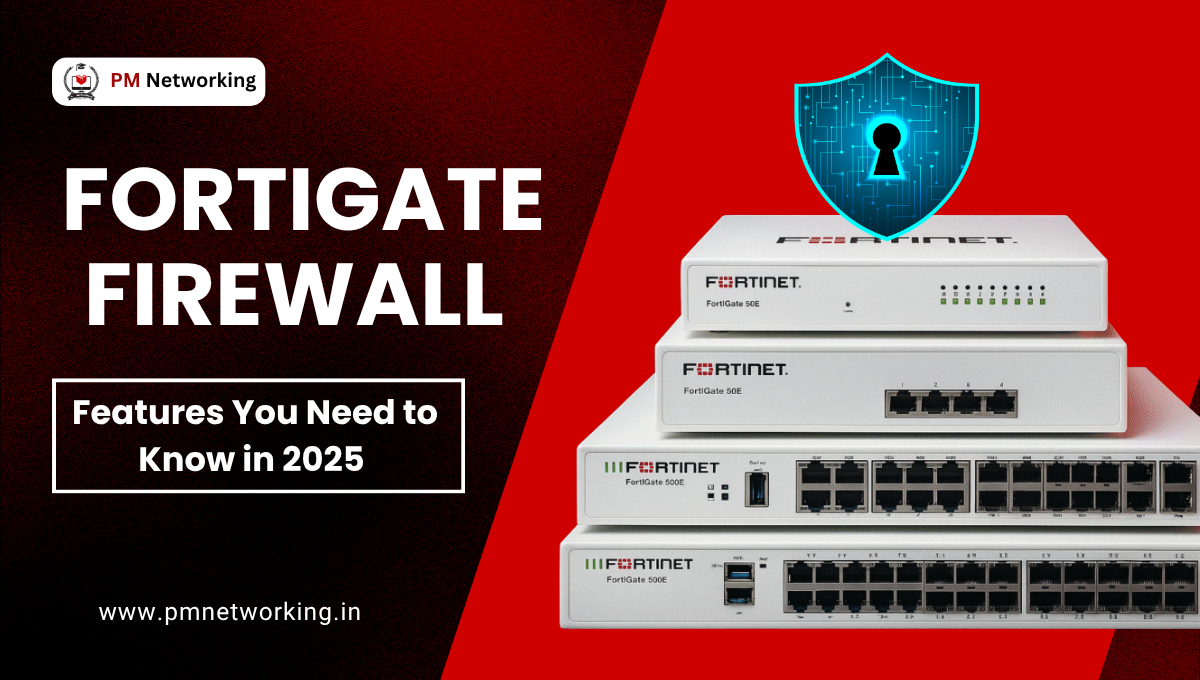
You may have heard the term IP address several times, but do you know what that means? An internet or local network device is uniquely identified by its IP address or it is also called an Internet Protocol Address. The set of guidelines controlling the format of data delivered over the internet or local network is known as “Internet Protocol,” or IP for short. In this article, we will have an in-depth understanding of IP Addresses, what are the types of IP Addresses, IPv4 and IPv6, the difference between IPv4 and IPv6, and so on. Let’s get started.
What is an IP Address?
IP Address, also known as Internet Protocol Address. It is the unique address through which the computers communicate with each other over the internet. IP addresses are used to identify the computers on the internet. Information can be sent and received between computers through an internet protocol or IP address.
Types Of IP Address
IP address versions (IPv4 and IPv6), availability, and usage, all influence the types of IP addresses.
There are two types of IP addresses—public and private—for IPv4 and IPv6, each with a different use:
- Public IP Addresses: The internet service provider, ISP, provides the device with a public IP address, which is used to identify the device on the public internet.
- Private IP Addresses: Devices connected to a private network, are that found in a house or workplace.
- Dynamic IP Addresses: When a device connects to the Internet, the Internet Service Provider often provides it with a dynamic IP address, which changes at scheduled times.
- Static IP Addresses: When a service needs a stable address, such as hosting a website or managing a mail server, static IP addresses are used since they don’t change over time.
Get Out the Best Course
Cisco CCNA 200-301 Course Online
CCNP (Encor and Enarsi) Online Training Course
CCNP Service Provider | Training and Certifications
What is IPv4?
Internet Protocol version 4 is known as IPv4. Internet Protocol Version 4 uses a 32-bit address mechanism. IPv4 uses the decimal numerals, such as 192.168.1.1, that are divided by dots. Due to the increasing number of devices connected to the internet, IPv4 addresses are becoming rare. There are twelve header fields and each header field is twenty in length. Its addresses are in broadcast, multicast, and unicast formats. They are used for communication purposes on the Internet. By providing unique IP addresses to devices, they facilitate the transfer of data.
What is IPv6?
Internet Protocol version 6 is known as IPv6. Internet Protocol Version 6 is the advanced version of Internet Protocol Version 4. Both IPv4 and IPv6 play the same role and function. But compared to IPv4, IPv6 addresses have a far greater address space because they are 128-bit addresses. IPv6 uses Hexadecimal representations and the IPv6 addresses are separated by colons. It provides an unlimited number of unique addresses. Internet Protocol version 6 provides improved protection, better functioning, and connectivity with new devices that are connected to the internet.
Ipv4 vs Ipv6 Difference
Internet Protocol version 4 and Internet Protocol version 6 have the same function. Internet Protocol Version 6 is the advanced version of Internet Protocol Version 4. However, there are some differences between the two.
| IPv4 | IPv6 |
| IPv4 stands for Internet Protocol Version 4. | IPv6 stands for Internet Protocol Version 6. |
| IPv4 addresses are 32 bits long. | IPv6 addresses are 128 bits long. |
| IPv4 uses decimal numbers separated by dots. | IPv6 uses hexadecimal numbers separated by colons. |
| IPv4 has a finite address space that causes address exhaustion. | IPv6 has an almost endless address space. |
| IPv4 doesn’t have any built-in security features. | IPv6 has built-in security features. |
| IPv4 doesn’t provide better performance than IPv6. | Because of its fast routing and simplified header structure, IPv6 can provide higher performance. |
The drawbacks of IPv4 have been solved by IPv6, which offers additional addresses, improved security, enhanced safety, and greater performance for the growing internet-connected population.
The use of IPv6 is important not only to reduce the strain on IPv4 address exhaustion but also to facilitate the development of cutting-edge technologies like cloud computing, artificial intelligence, and the Internet of Things (IoT). Additionally, IPv6 allows smooth communication and improved security across many networks, setting up the basis for a more powerful and integrated internet infrastructure.
Conclusion
Understanding the key technical differences between IPv4 and IPv6 is important for handling the growing population of Internet users and the evolving landscape of Internet communication. Internet Protocol version 4, with its 32-bit address size, has served as the backbone of the Internet for years, allowing and facilitating connectivity and information exchange all over the world. However, the growth of internet-connected devices has led to the reduced availability of available IPv4 addresses, highlighting the urgent need for a change to IPv6.
To overcome this difficulty, IPv6 introduces a 128-bit address space, which provides a nearly limitless supply of distinct addresses to support the growing internet population. IPv6 offers a strong basis for internet connectivity in the future because of its hexadecimal representation and better features like integrated security and increased efficiency.
Businesses and companies are gradually transitioning from IPv4 to IPv6 to ensure a smooth and secure migration process. Accepting IPv6 will allow us to improve cybersecurity, encourage innovation, and ensure that the internet continues to expand and change for many years to come.
Frequently a Questions (FAQs)
What is an IP Address?
It is the unique address through which the computers communicate with each other over the internet.
What is the full form of IP Address?
The full form of IP Address is Internet Protocol Address.
What are the different types of IP Addresses?
Five different types of IP Addresses are Private IP addresses, Public IP addresses, Dynamic IP addresses, Static IP addresses, and Website IP addresses.
Why is IPv6 a better option than IPv4?
The drawbacks of IPv4 have been solved by IPv6, which offers additional addresses, improved security, enhanced safety, and greater performance for the growing internet-connected population.
IPv4 and IPv6 can be used together?
On a single system, IPv4 and IPv6 can both be used. Dual addressing is supported by certain devices.







0 Comments